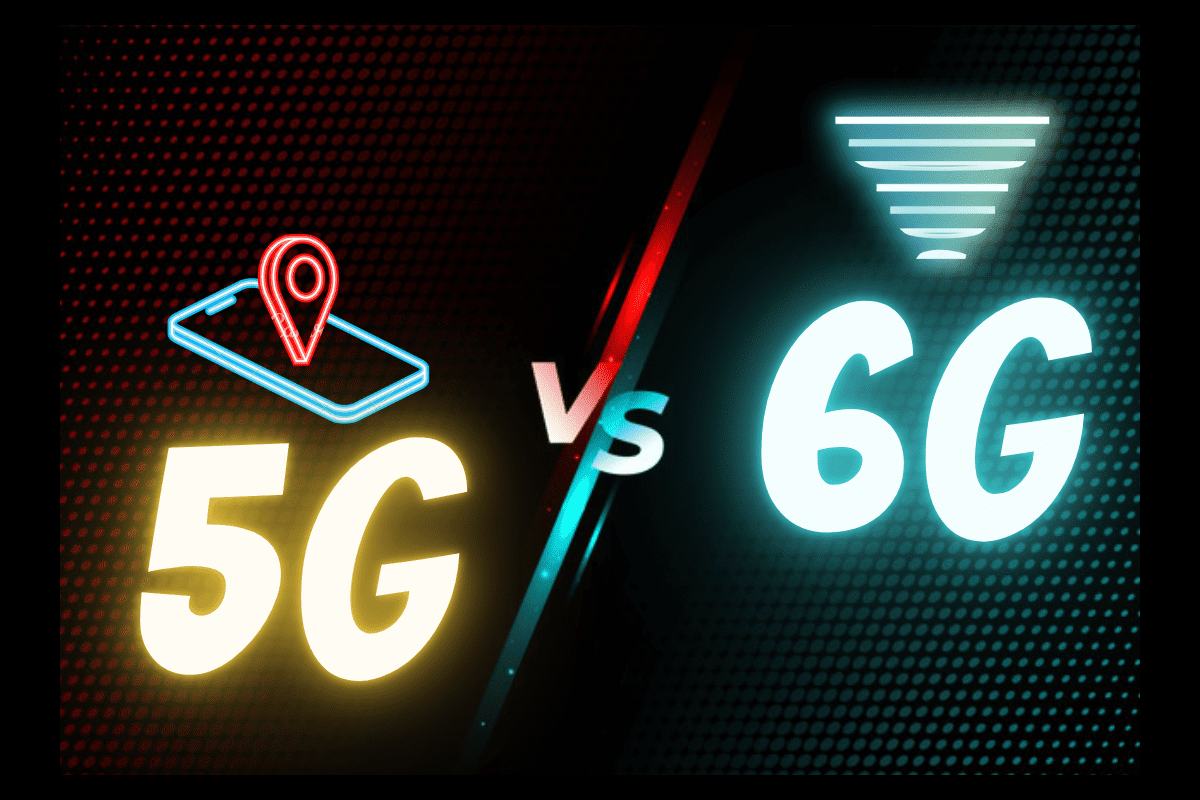5G vs 6G: A Brief Overview
5G Technology (Current Generation)
Deployment Status: Commercially available since 2019, with ongoing global rollout across major carriers and cities.
Key Capabilities:
- Peak speeds up to 20 Gbps download, 10 Gbps upload
- Ultra-low latency (1-10 milliseconds)
- Massive device connectivity (1 million devices per square kilometer)
- Network slicing for customized service delivery
Current Applications:
- Enhanced mobile broadband for smartphones
- Industrial IoT and smart manufacturing
- Autonomous vehicle communications
- AR/VR experiences and cloud gaming
- Smart city infrastructure
6G Technology (Future Generation)
Development Timeline: Expected commercial deployment around 2030, currently in research and standardization phase.
Projected Capabilities:
- Peak speeds up to 1 Tbps (100x faster than 5G)
- Sub-millisecond latency approaching real-time
- 10 million devices per square kilometer connectivity
- AI-native network architecture with built-in machine learning
Anticipated Features:
- Holographic communications and telepresence
- Brain-computer interface support
- Extended reality (XR) with haptic feedback
- Digital twin ecosystems for entire cities
- Space-terrestrial integrated networks
Current Challenges
5G Deployment: Infrastructure costs, spectrum availability, and energy consumption concerns.
6G Development: Technical feasibility of terahertz frequencies, regulatory frameworks, and sustainability requirements.
Market Impact
5G is currently transforming industries through IoT, autonomous systems, and immersive technologies. 6G is expected to enable entirely new paradigms like pervasive AI, seamless digital-physical integration, and truly immersive metaverse experiences.
The transition from 5G to 6G represents not just an incremental improvement but a fundamental shift toward intelligent, sustainable, and universally connected wireless networks.
How to Submit Your Articles?
If you are interested in submitting an article about 5G vs 6G to our website, please follow these guidelines:
- Your article should be at least 1,000 words long.
- Your article should be well-researched and informative.
- It would be best if you write your article in a clear and concise style.
- High-quality images or videos should accompany your article.
To submit your guest post to https://www.dailytechteam.com/, you can send an email or pitch us at contact@dailytechteam.com.
Why to Write for Daily Tech Team?
- Writing for Daily Tech Team exposes your website to customers seeking 5G vs 6G in Education.
- Our Tech Team presence is on social networks, and we share your article with the 5G vs 6G-related audience.
- Share your knowledge, experience, and expertise with others.
- You can help people learn about the benefits 5G vs 6G.
- You can promote your own business or website.
- You can get exposure to a large audience of 5G vs 6G-conscious readers.
Guidelines
When writing your article, please keep the following guidelines in mind:
- Use clear and concise language.
- Avoid jargon and technical terms.
- Use active voice instead of passive voice.
- Use strong verbs instead of weak verbs.
- Proofread your article carefully before submitting it.
- With 0% plagrism
Related Search Terms
Here are some search terms that people might use to find your article:
- 5G technology
- 6G technology
- 5G network
- 6G network
- 5G vs 6G comparison
- Wireless communication
- Network speed
- Latency reduction
- Internet of Things (IoT)
- Mobile connectivity
We welcome your submissions about 5G vs 6G. We believe that your articles can help people learn about the benefits of 5G vs 6G and make knowledgeable decisions about their series.
I appreciate your interest in writing for our website. contact@dailytechteam.com


